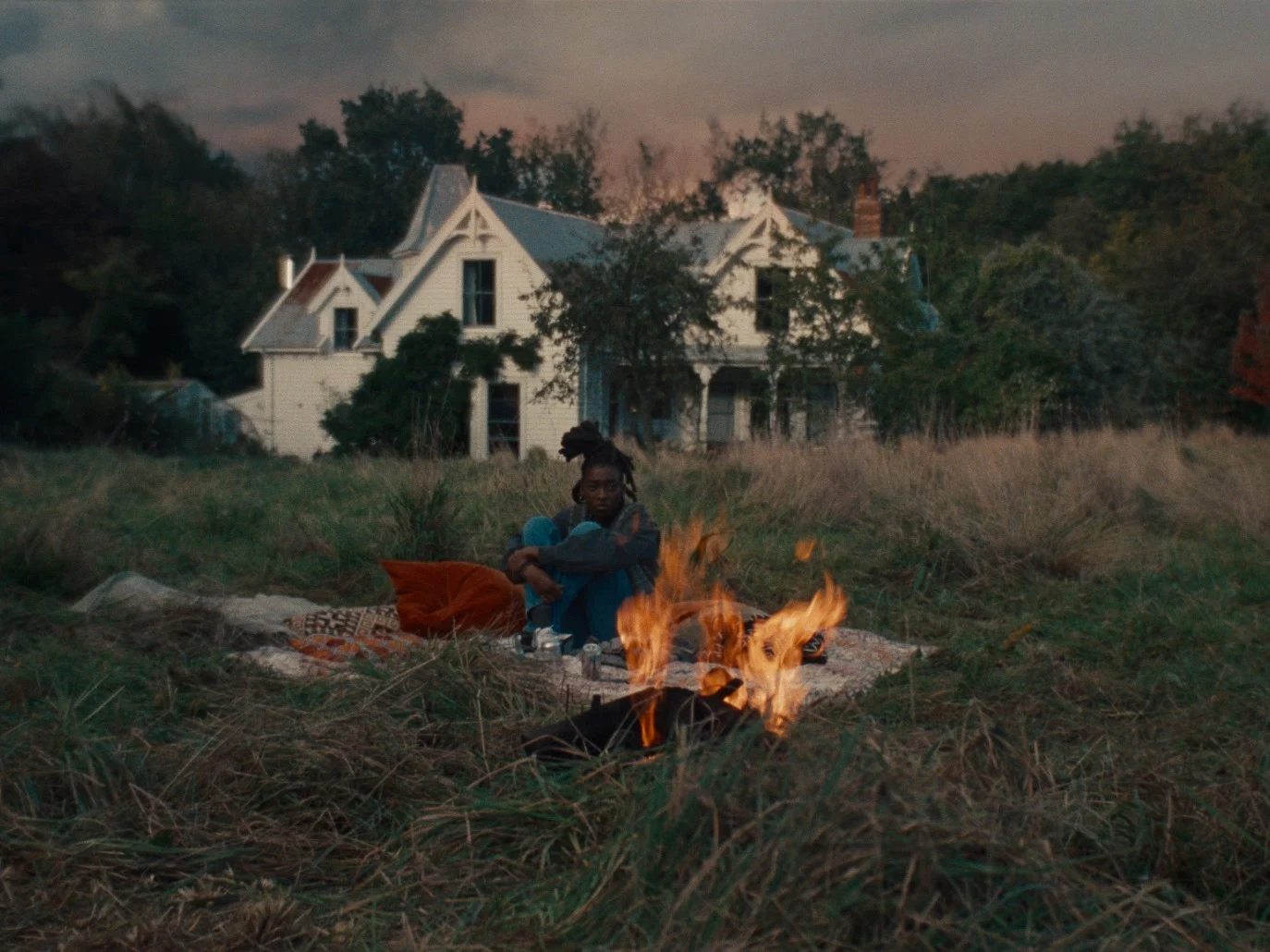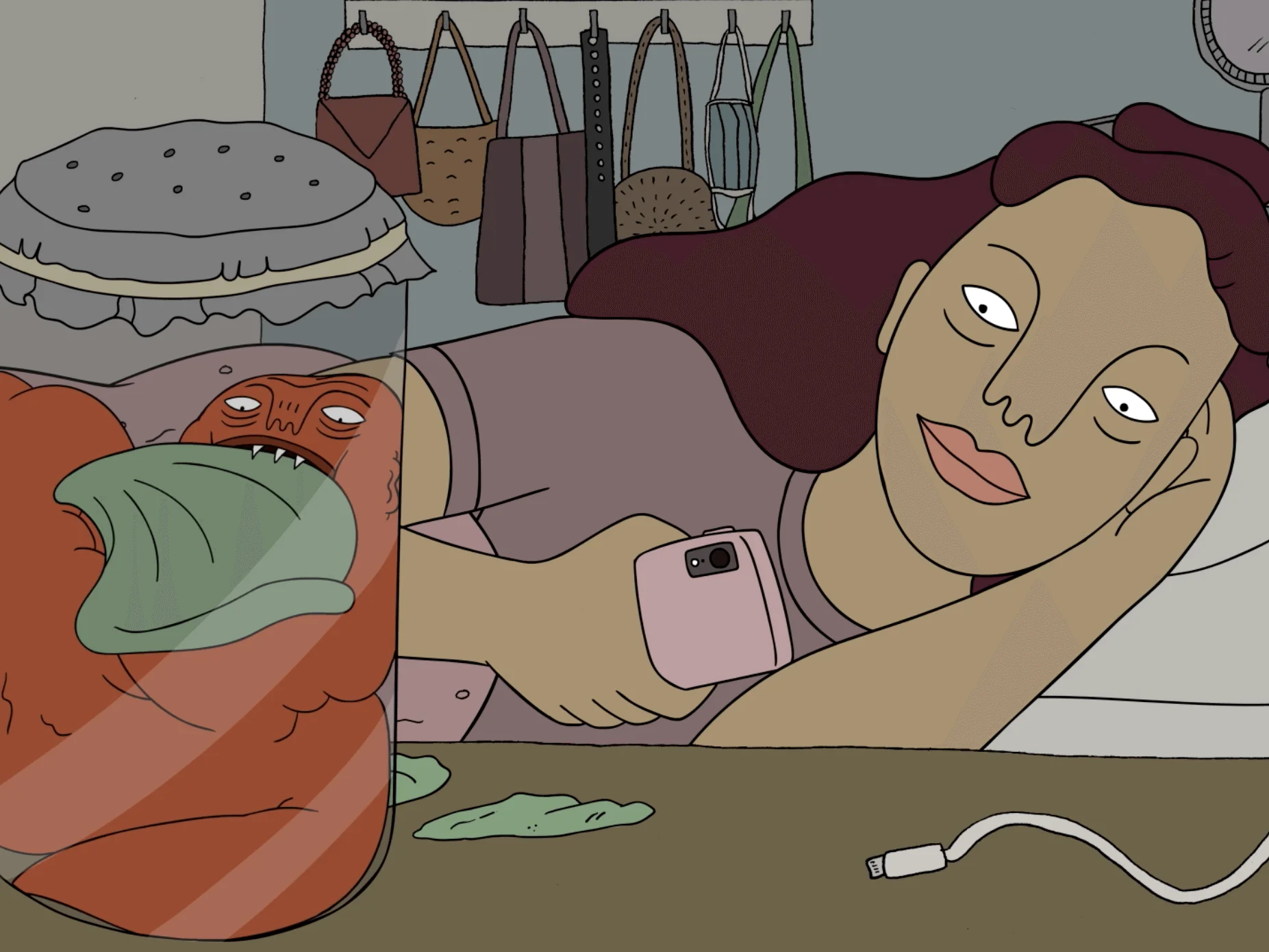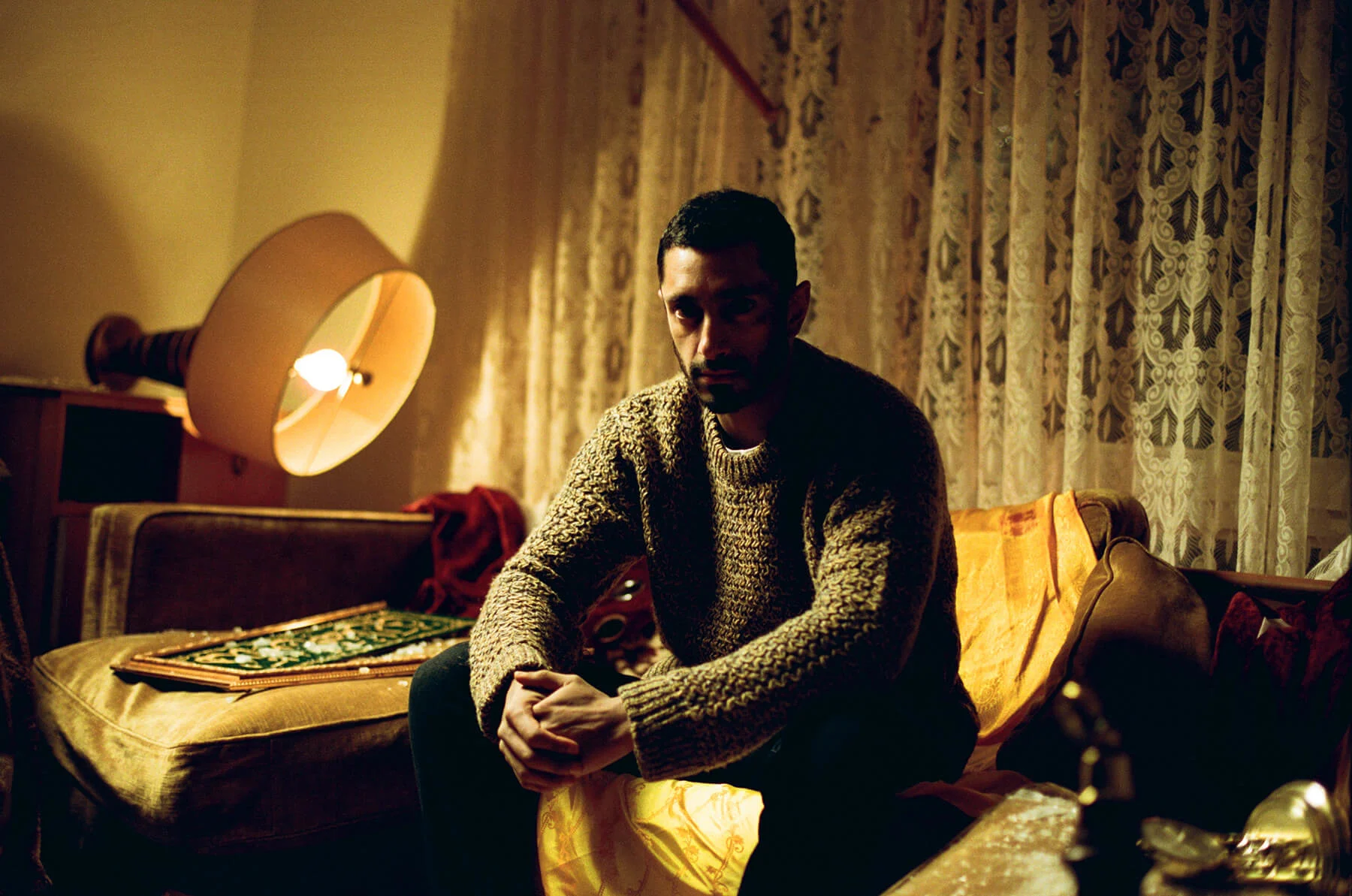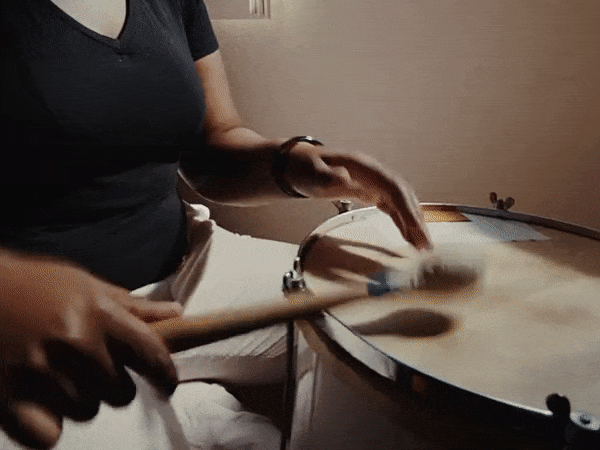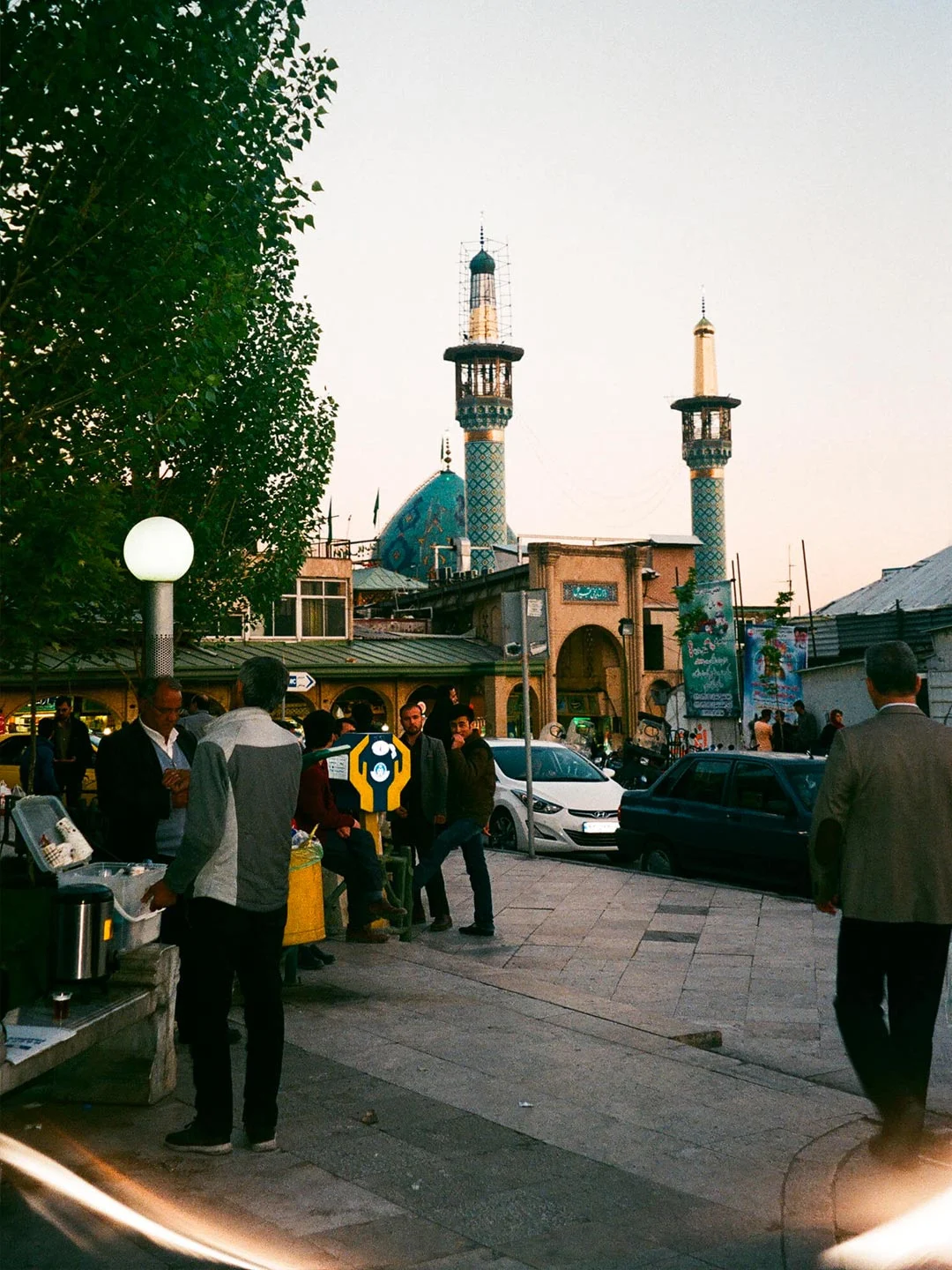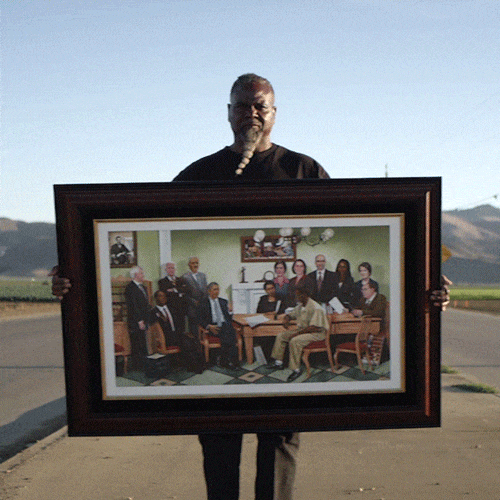
All in a Row — The inclusive art initiative in Houston’s Third Ward district
The inclusive art initiative in Houston’s Third Ward district
It’s easy to feel powerless in the face of rampant gentrification. Back in the ‘90s, a collection of African American artists felt the pressure of the rising tide and came up with a beautifully simple idea that would change the lives of people in Houston’s Third Ward district. Nearly 30 years on, filmmaker Ingela Travers-Hayward visits the shotgun houses to document the effect they continue to have on the local community.
In Houston, Texas, Project Row Houses – launched in 1993 by a collection of African American artists – serves as a bolthole for members of underrepresented communities in the Third Ward area of the city. The group rescued a collection of derelict shotgun houses from destruction and transformed them into spaces for members of the community to take control of and utilize for purpose.
Now, nearly 30 years later, the row still stands. A block and a half of shining, white houses which glow during magic hour. Behind each wooden door is a different story. Podcasts are recorded, exhibitions are curated and hung, conversations are had and people in need are supported. Director Ingela Travers-Hayward read about Project Row Houses a few years back. Interested in the way members of the public find ways to fight the ominous tide of urban planning and gentrification, it stuck out to her as “a team of people who were getting it right.”
“They actually listened to the residents of the Third Ward, and have created something that helps the community thrive,” Ingela says. “They recognize the needs of the community and are creating a system, a place, that truly addresses them...those five city blocks and picturesque old row houses were the home that celebrates community through art like nowhere I’d ever been.”
With the help of Eureka Gilkey, Sidney Garrett, and Leslie Moody Castro who took her inside the inner workings of Project Row Houses, Ingela embarked on producing and directing a short film about the lead-up to a new installation called Race, Health and Motherhood. During production, she was introduced to young women – not exclusively from Houston – who were offered beautiful, bright, accommodation as part of the Young Mothers Residential Program. Further along she met those inhabiting the houses dedicated to the arts.
“Twice a year they host the Artist Rounds which artists from across the country are invited to participate in,” says Ingela. “The art world can be pretty white and pretty male, so it was really amazing to be able to walk into each house and see that each installation was by either a female artist, or an artist of color. They get to have their work up for about five months, so it gives people lots of time to be able to take in what’s going on.”
Ingela’s film takes us on a stroll down the blocks and inside the bright shotgun buildings to see what’s going on within, hearing stories of the effects this project has had on the countless people who have interacted with it in some way. Anyone who lives in a city will be aware of the price people pay as a result of gentrification, particularly with the devastating impact city planning can have on artistic communities. Some towns and cities are lucky enough to retain corners where magic still happens; where support for artists and creatives thrives in oasis-like pockets that are the result of dedication, integrity, spirit and a lot of hard work.
Project Row Houses is an example of what can happen when safe spaces are provided. The effect such a simple project has had on those who have experienced it is incalculable. It’s given a well-chosen gift to a community that ties in with their collective spirit. “The Third Ward is great, anyone you see will say hi to you, give you a wave from their car, ask you how you’re doing. Southern hospitality is a very real thing,” says Ingela. “Project Row Houses is so inviting, so deeply unpretentious. In the film, Ryan N. Dennis, the initiative’s art programs director, talks about how all that stands between you and amazing art is a wooden door.”
What Ingela wants to get across in her film, All in a Row, is the beauty and weight of the access Project Row Houses provides, the much-needed representation it gives to people of the Third Ward and beyond, and a positive message of what can actually be done to tackle gentrification. “I’m not naive enough to think that there’s any way to stop gentrification,” says Ingela, “but it makes me realize the importance of Project Row Houses, because they’re fighting not only to protect people’s homes, but to protect pieces of history.”




